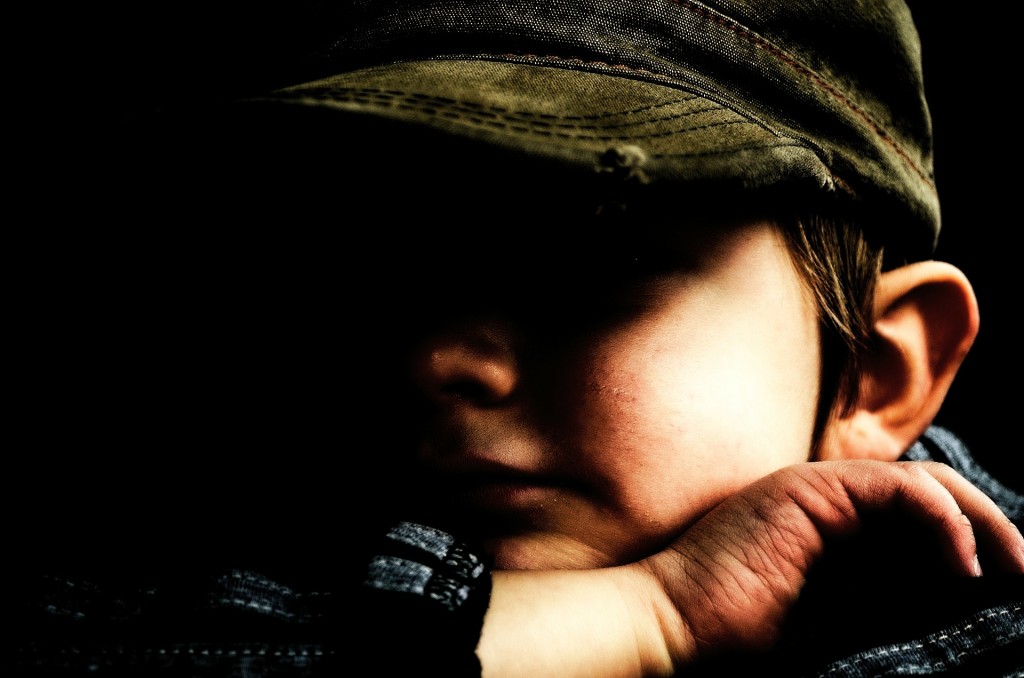For some people, the change in the seasons brings with it a shift in mood. Here’s what you need to know about depression, SAD, and your child.
Depression can be a serious problem for adults and children alike. Regardless of the season, a shift in a child’s mood and/or attitude is not something to ignore or dismiss. What may appear to be a teenager’s newly developed bad attitude could actually be a case of depression, or in some instances, Seasonal Affective Disorder.
Seasonal Affective Disorder, or SAD, is often referred to as “winter depression.” It’s a subtype of depression that follows a seasonal pattern, and the most common form occurs in winter. While SAD is almost always discussed in terms of adults, children and adolescents are not necessarily immune. SAD in children has not been well studied as of yet.
SAD usually develops in a person’s early 20s, and the risk for the disorder decreases as you get older. SAD is most often diagnosed in young women, but men who suffer from SAD may have more severe symptoms. The risk of developing SAD is higher if there is a family history of it, or with those who live in northern latitudes where daylight hours during winter are shorter. 10% to 20% of Americans begin to suffer mild symptoms of SAD as winter approaches.
People with SAD may crave certain comfort foods like simple carbs (pasta, breads, and sugar). Fatigue often sets in with the excess of unhealthy calories and a lack of fresh fruits, vegetables, and whole grains. They may become depressed, irritable, and eventually may no longer be able to maintain their regular lifestyle. It’s as if a person’s batteries have just run down. In spring and summer, SAD is characterized by anxiety, insomnia, irritability, and weight loss. For parents, SAD can obviously have a sharp impact on the ability to be an effective parent.
Children and adolescents can also suffer these symptoms. Children with depression struggle to concentrate on their schoolwork, and may experience feelings of low self-worth and hopelessness. Their grades may start to drop, which may worsen feelings of low self-esteem. Symptoms that last more than two weeks are cause for concerns.
No Known Cause
Researchers have not been able to pinpoint what causes SAD, though there is some evidence pointing to the disruption of a person’s sleep/wake cycle (circadian rhythm). As the days grow shorter, there is less light, which can throw off a body’s natural clock.
If you suspect that your child may be having some problems with depression or SAD, it is important to speak to your pediatrician. SAD may be more difficult to diagnose in children, and your doctor needs to perform a medical examination to rule out other possible causes of the symptoms.
Treating SAD
There are several effective treatments for adult sufferers of SAD. Simply bringing more sunlight into your life can help treat mild cases. Spending time outdoors everyday (even if it’s cloudy), opening the window shades at home, exercise regularly and eat a healthy diet low in simple carbohydrates and high in vegetables, fruits, and whole grains.
Researchers at the New York State Psychiatric Institute at Columbia University suggest using a “dawn simulator,” which gradually turns on the bedroom light, tricking the body into thinking it’s an earlier sunrise. People with SAD sometimes find that their symptoms go away when they travel in or move to more Southern latitudes. If possible, plan a mid-winter family vacation in a sunny climate.
Similar to adults, depression in children can be addressed effectively, and depression is very treatable with medication and therapy. In adults, SAD treatment often involves light therapy. Patients sit for up to three hours in front of strong light boxes. However, light therapy is not recommended for children.
When to medicate?
If left untreated, SAD can lead to serious complications for adults, including problems at school/work, substance abuse, and suicidal behavior. If other treatments prove ineffective, prescription antidepressants may help. Antidepressants, however, come with a “black box” warning about the risk of suicidal thoughts and behavior. Parents with children on antidepressants need to be vigilant in watching for agitation, anxiety, or insomnia, and make sure they continue to see their doctor regularly.
Working Through It – Together
The parents of children with depression should participate in their child’s treatment and recovery. Learning about the disorder can help you to share what you learn with your child, and make sure that your child completes the treatment every day.
Plan for quiet and low-key quality time together – reading a book or playing a family board game, instead of a high energy activity like the arcade. Encourage your child to exercise and spend time outdoors, and plan daily walks together. Fix healthy meals for your family, and establish a set bedtime to make sure he or she is getting enough sleep. Your fatigued child will probably need help with his homework. Take the time to work through schoolwork together, and make sure your child’s teachers know the situation. Be patient with your child and reassure him or her that these issues will get better.
For more information: http://www.healthychildren.org/English/health-issues/conditions/emotional-problems/Pages/Winter-Blues-Seasonal-Affective-Disorder-and-Depression.aspx
Source: CMG


